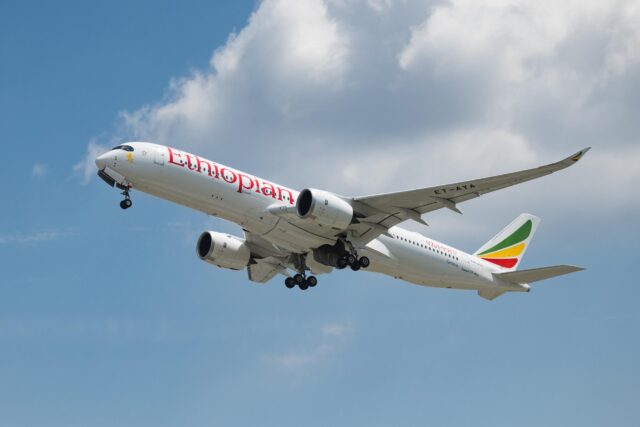Archer makes UAE its second home as it targets 1st Midnight eVTOL passenger flights in 2026

November 18, 2025
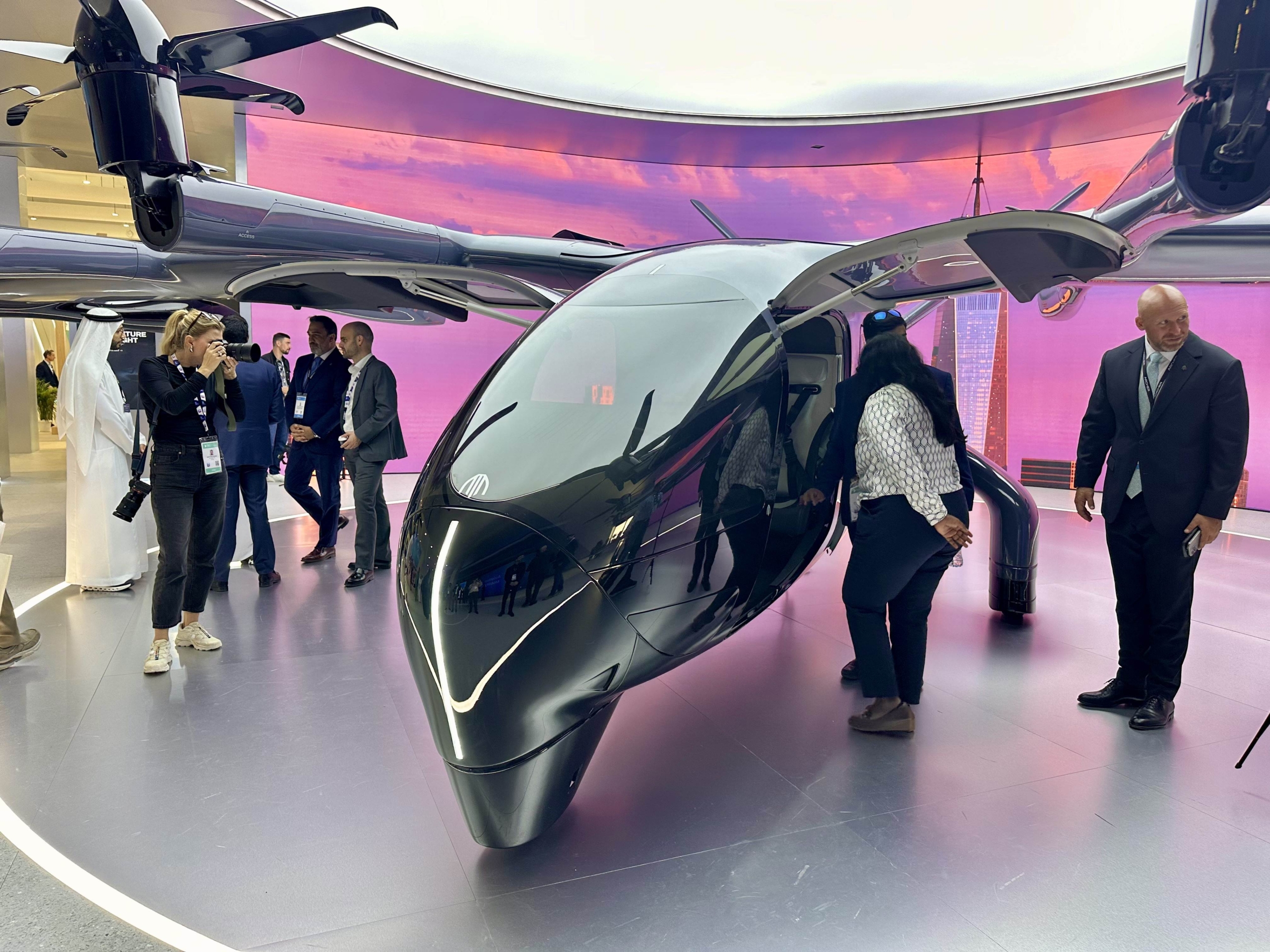
Archer Aviation is increasingly treating the UAE as its second home market, positioning Abu Dhabi as the first place outside the United States where its Midnight eVTOL will enter service, fly piloted transition missions and, eventually, be manufactured.
Over the past 18 months, the company has built a dense set of partnerships in the Emirates, finalised a major framework agreement with the Abu Dhabi Investment Office (ADIO) and completed a full flight envelope test programme in UAE desert conditions.
At the centre of that push is Dr Talib Alhinai, Archer’s UAE lead and general manager. Speaking to AGN on the sidelines of the Dubai Airshow, Dr Alhinai described how the UAE’s regulatory flexibility and unified industrial strategy have allowed Archer to advance at a pace that rivals any other global market.
“We will start with at least two aircraft, but we anticipate the UAE being a market where we will be able to deploy hundreds of aircraft in the long term,” he said. “Once we start commercial operations here, we are very excited to see what kind of demand emerges both in the UAE and regionally.”
Archer sees the UAE as the fastest-moving eVTOL market
Archer’s acceleration in the Emirates is not accidental. The UAE offers a rare combination of political will, regulatory engagement and infrastructure development that few markets can match.
“The GCA has been really supportive and forward-looking,” says Alhinai. “They are a great partner to us. They are keen to find ways to make this happen safely as long as we commit to regulations.”

ADIO’s framework agreement with Archer, signed in 2024, sets out a substantial pathway for local operations, manufacturing, training and ecosystem development. It is backed by a coalition that includes the General Civil Aviation Authority, Abu Dhabi Airports, Abu Dhabi Aviation and Etihad Aviation Training.
That alignment allows Archer to establish not only aircraft operations in the Emirates but also pilot training, vertiport integration and eventually a region-wide network anchored in Abu Dhabi.
Dr Alhinai believes the UAE could become one of the highest-density eVTOL markets in the world, driven by geography, congestion, intercity commuting patterns and government support.
Abu Dhabi Aviation is already committed as Archer’s first regional operator. Abu Dhabi has defined ten initial vertiport sites across the city, with Zayed International Airport and Al Bateen Executive Airport serving as the first locations.
The emirate’s transport authorities have also established an airspace and operational framework to integrate eVTOL services.
UAE set to host the world’s first Midnight passenger flights
While Archer continues to prioritise FAA type certification, the first passengers to board a Midnight aircraft are more likely to do so in Abu Dhabi.
“We’ll do our first piloted transition flight in the USA, in Salinas, where we do our testing,” he said, “but once we have that achievement locked down, we can start piloted transition flights in the UAE as well.”
Once that’s in place, the solid regulatory pathway the UAE has established will allow passengers to be flown much sooner than they will in Archer’s home territory.

“We hope to fly passengers as soon as next year,” Alhinai says. “After we start piloted transition flights in the UAE, we will have a better idea of when we can do that.”
Dr Alhinai explained that, while progress on flying passengers in the UAE might happen first, certification will advance in parallel with its efforts in the USA.
“We are doing both. The UAE has previously announced that it is working with Archer and exploring a regulatory pathway that will allow us to operate here and begin commercial operations. This doesn’t replace our work with the FAA.”
The FAA is expected to award the full type certificate first, but the GCAA is developing the operational approvals needed to begin air taxi services once that certificate is in place.
Archer made its first piloted Midnight flight in June this year. Now, it’s hopeful that its first piloted transition flight in the USA will happen before the end of this year, but it’s clearly not prepared to make that important step until everything is entirely ready.
“I think the most important step for us is to make sure that we’re doing things safely,” he explained. “The transition phase of flight is quite challenging to model. We’ve obviously done it hundreds of times with our unpiloted aircraft, but because it’s a piloted aircraft, we want to make sure we’re doing things safely and in a measured way.”
Foundations in place for Archer to manufacture the Midnight eVTOL in the UAE
A key part of Archer’s second home strategy is the possibility of building Midnight in the Emirates.
Dr Alhinai confirmed this direction of travel. “We had an agreement with the Abu Dhabi Investment Office that we announced in April 2024. That also has a pathway for manufacturing in the UAE. We are excited to continue along that pathway and firm up our plans for manufacturing here,” he said.
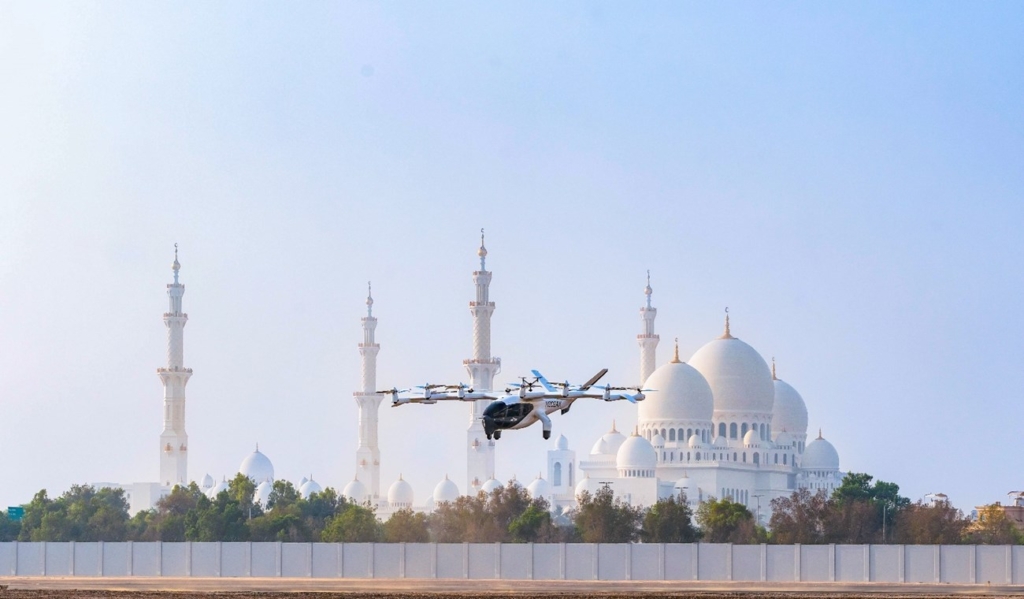
Archer’s main US facility in Georgia will produce up to 650 aircraft a year in its first phase, with expansion capacity for more than 2,000 aircraft annually. The UAE manufacturing line would not replace that, but create a complementary capability intended to support the Middle East, Africa, India and Southeast Asia.
Read more: Archer CEO says the real challenge will be scaling up eVTOL production to meet demand
Building public acceptance for eVTOL operations in the UAE
A final pillar of Archer’s second home strategy is public acceptance. Dr Alhinai stressed that familiarisation is essential, particularly for a new category of aircraft that most consumers have never seen up close.
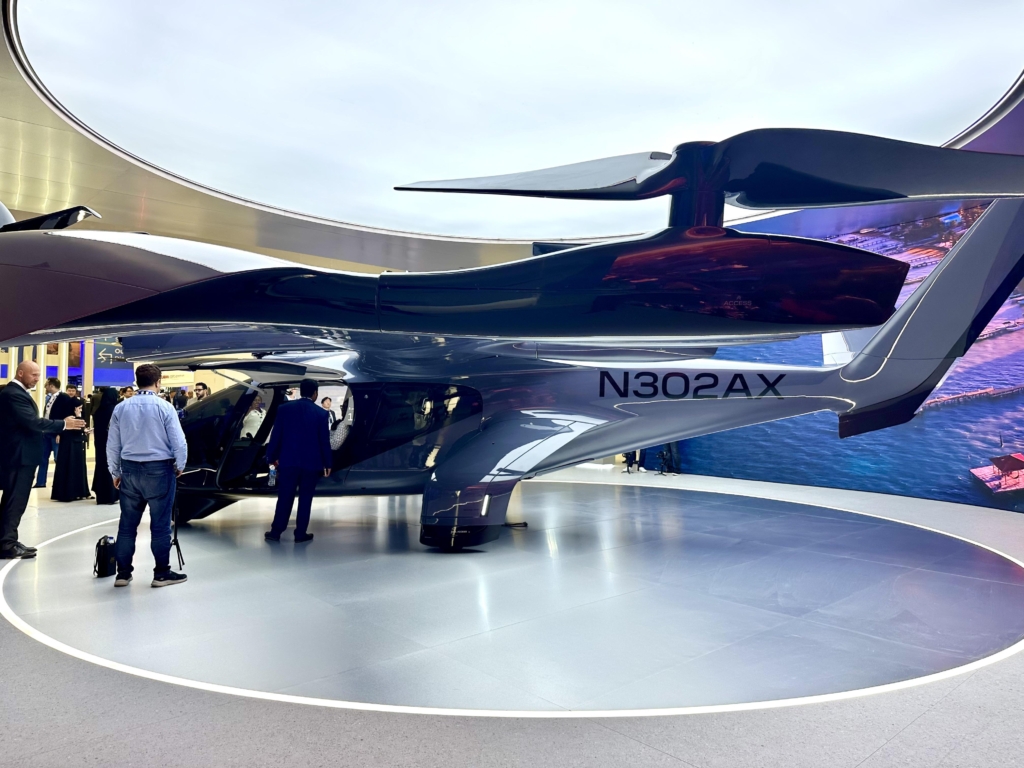
“That is also part of the reason why we are here at the Dubai Airshow,” he told AGN. “It is very important to give the public the opportunity to come see this aircraft, touch it, sit inside it, get to see what it is and what it is like.”
Archer is working with stakeholders to build public understanding and confidence around electric vertical lift. “We are working with the Abu Dhabi Investment Office on ensuring that the public in Abu Dhabi understands what this aircraft is, what its capability is, what the safety features are,” he said.
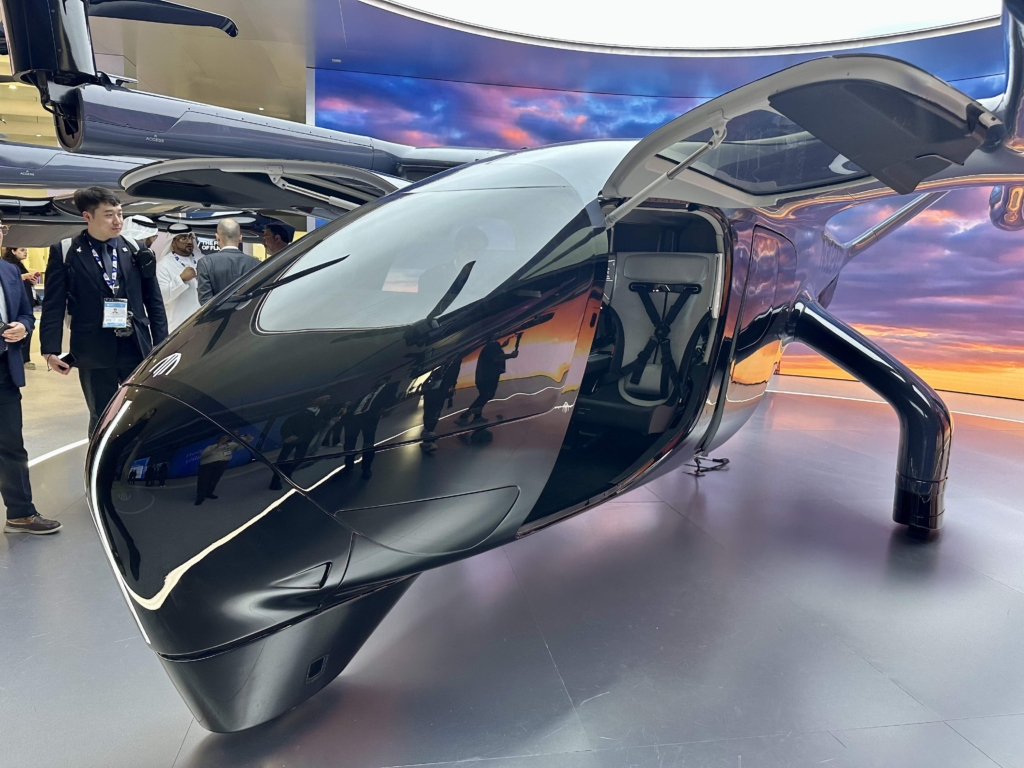
He added that Midnight incorporates multiple safety redundancies that go beyond what is typical for aircraft in its weight class. Demonstrating those features in person is seen as essential, especially in a region where aviation is already deeply embedded in public life.
“The public needs to be aware,” Alhinai said. “The public needs to see it, touch it, feel it, maybe see it overhead flying over them, and then they’ll feel confident to take a flight.”
For Archer, the appeal is clear. The UAE offers a stable policy, large launch customers, a supportive regulator and one of the world’s most connected logistics hubs. Add the region’s appetite for early adoption, and Abu Dhabi becomes a natural proving ground for the entire air taxi concept.
Featured image: Joanna Bailey / AGN


